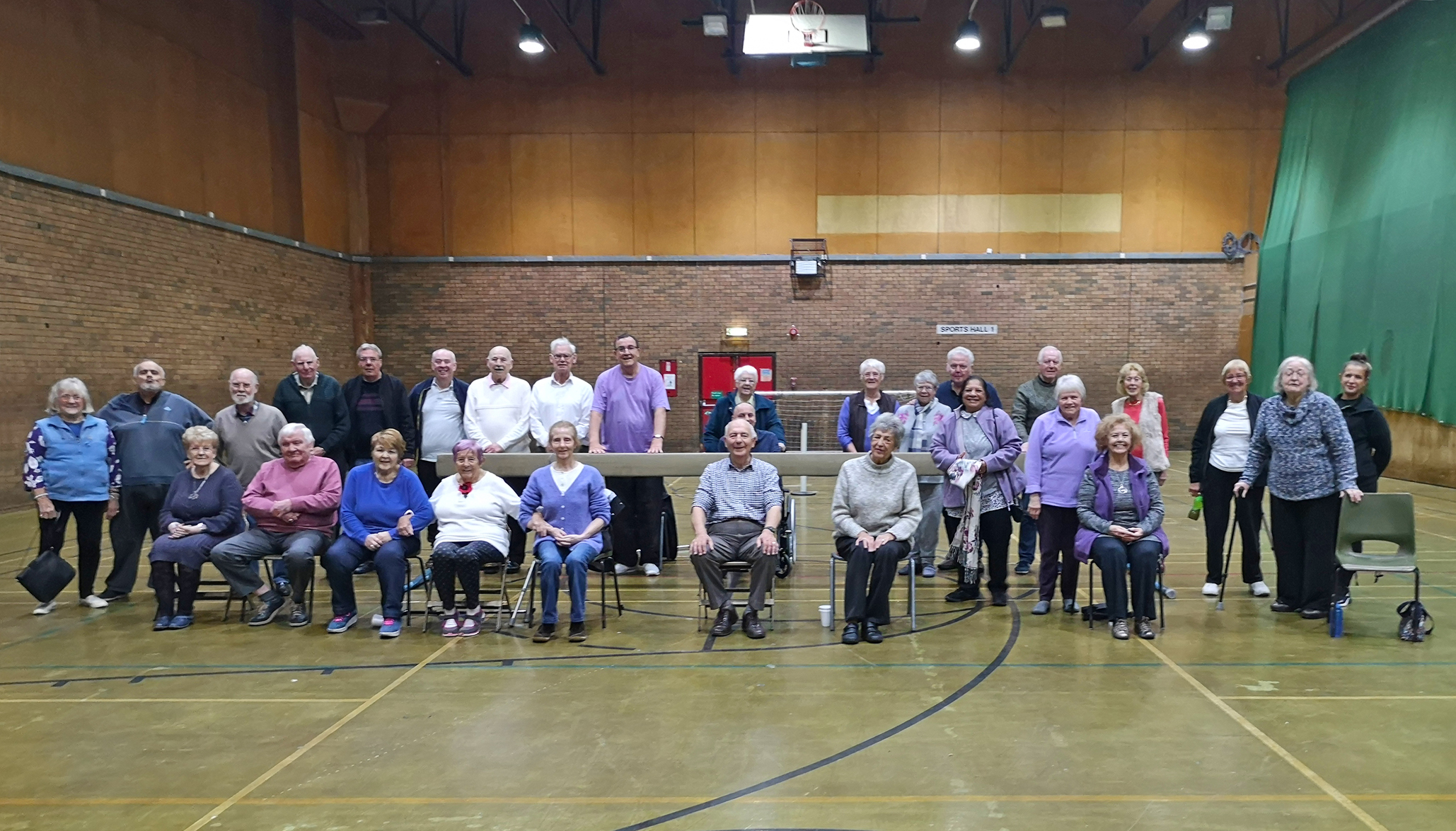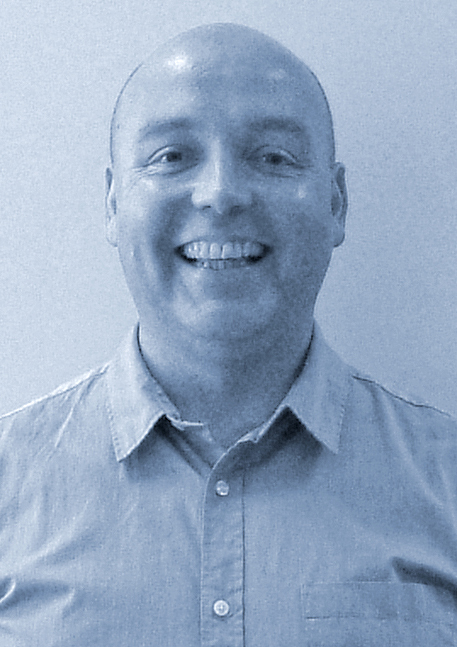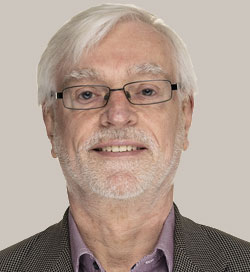latest fit tech news
Egym snaps up Hussle as it moves to dominate the corporate wellness market with its Wellpass product
Letters: Write to reply

Research by Public Health England (PHE) and ukactive shows older people generally feel more self-conscious when exercising in public and frequent gyms less often than other age groups, with as many as 14 per cent of over-55s in the UK not exercising at all.
Ageing is a hot topic, with PHE and the Centre for Ageing Better campaigning to stop age being a barrier to physical activity.
At Trafford Leisure we’ve been actively employing older people for some time. The average age of our class instructors is 46-years-old and at least one instructor at each site is aged over 50. Many of our instructors see their fitness careers lasting in to their seventies, and with an average customer age of 45 and rising, we must be doing something right!
The age of our staff encourages, inspires and motivates many of our older customers. Some of our instructors have returned to work from surgery, cancer and other medical conditions, demonstrating to our customers that exercise is relevant to all ages, can help prolong mobility and actively promotes recovery from medical procedures and conditions. Rather than using age as a barrier to exercise, they become role models for the Trafford community.
Pete Lockwood is a Level three fitness instructor in his fifties, who teaches many classes, including Spinning and Body Pump. He designs fitness programmes for our medical health referral customers.
Pete suffers with asthma and willingly shares this fact with customers, demonstrating how exercise can ease his symptoms.
We’ve made efforts to make our classes inclusive to all, actively encouraging older people with special rates and bespoke classes, including Falls Prevention Sessions, Simple Circuits, Water Wellness and Walking Football. Sport and leisure is no longer the domain of the young and this isn’t a fad or a trend, we lead by example with both staff and customers, treating physical activity as part of their lives, whether they’re eight- or 80-years-old.


Evidence, published in the Journal of Epidemiology and Community Health, shows the benefits of exercise referral schemes (EOR) are not as large as hoped and concludes UK roll-out needs to be rethought, to maximise effectiveness.
The report drew on measurements including BMI, BP and resting heart rate from 23,731 active participants in 13 schemes. Despite analysis revealing significant improvements in these measures, when figures were compared with thresholds for clinical meaningfulness, the size of changes was small, meaning their impact is unclear.
So how can EOR providers ensure they’re producing ‘meaningful’ results? The issue isn’t solely a lack of data – this was the largest study to date – it’s also that schemes aren’t recruiting the right people.
If we go back to basics, EOR’s aim is to increase activity levels; this is how ‘success’ is measured. Therefore, to get meaningful results, schemes must only recruit those who are genuinely inactive. If a person doesn’t meet inclusion criteria, you’re undermining the impact of the service if you bring them into a scheme.
People surveyed for last years’ report were, on aggregate, already ‘moderately active’. Although they became more active, this change was not seen as positive, as they started from an already active point.
In order to get sought-after, clinically meaningful results, operators need to tighten up the access to EOR.
Don’t feel obliged to take inappropriate people simply because they’ve been referred. Be strict about pre-screening, consider deploying a standardised questionnaire and consider asking questions about sleeping, diet and wellbeing scores. Being inactive has a significant effect on these. Your aim is to move people from an inactive status to an active one. Only then can you collect the right type of data to prove EOR works.
It’s what goes in that matters. Who you select will, quite literally, determine the success or failure of your EOR scheme, as well as funding for future schemes and – further down the line – the results of future studies such as these.






















































